by Gerald Lico (through Arch. Ricardo Rodriguez, UAP)
TriptheIslands joins the author of this architecture article in taking you through the significant milestones that shaped our structures in the Philippines. It is always best to know a bit about the history of Philippine Architecture as we trip our various islands to appreciate more about the efforts of our early architects to shape the skylines of our major cities.
Pre-Hispanic Era
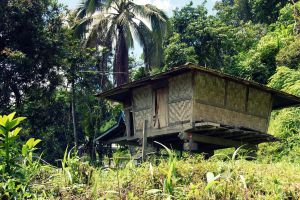
- Caves and rock shelters like the Tabon Cave in Palawan served as shelters for the early Filipinos. Later on the invention of various tools allowed for the fabrication of tent-like shelters and tree houses.
- Early pre-historic houses were characterized by rectangular structures elevated on stilt foundations and covered by voluminous thatched roofs ornamented with gable-finials and its structure could be lifted as a whole and carried to a new site. Examples include the Ifugao House, bahay kubo and the Maranao’s torogan.
- Mosques, the masjid and the langgal in Tausug and Yakan or ranggar in Maranao, emerged as Islam was established in Sulu (14th century) and in Mindanao (15th century).
Spanish Colonial Era
- In 1564, the Franciscans built the First Hospital in the Philippines, Hospital Real.
- The 1573 royal ordinance of King Philip II, known as the Laws of the Indies, was prescribed and stated that every town was to have a gridiron design (cuadricula) with a central square (plaza).
- In 1583, Intramuros was destroyed by fire, requiring new buildings to be constructed of stone and tile.
- Jesuit Antonio Sedeno introduced stone and masonry construction.
- Implementation of the hybrid type of construction called arquitectura meztiza:
– wood in the upper floor and stone in the lower floor;
– house posts or haligues supported the second floor;
– stone floors at the ground floor acted as a solid curtain concealing the wooden framework within, and;
– wooden pegs and dovetailed joints connected the wooden structural system together.
- The bahay na bato, typically two stories with the ground level made of massive cut stone or brick walls and the upper level built of hardwood, emerged from the 17th to the 19th centuries.
- The last quarter of the 19th century witnessed the rise of accessoria (apartment dwellings), single or two-stories high and having multiple units called viviendas.
- School buildings surfaced: the colegio or universidad (urban areas) and the escuela primaria (pueblos), a cluster of multi-storey buildings in rectangular configuration with a central courtyard.
- The leading-edge technology available at that time was employed to build ports, roads, bridges, lighthouses, waterways, piped water systems, railways and street-car systems.
American and Japanese Era
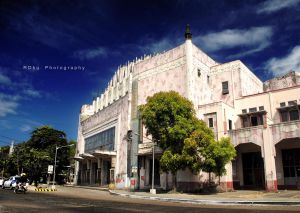
- In 1902, the Americans introduced the use of the toilet via a pail conservancy system, or cubeta in Manila.
- In 1908, the concept of a well-planned neighborhood called Sanitario Barrio was introduced and led to tsalet, crossbreed of the tropical features of vernacular buildings with hygienic structural principles and modern materials.
- In 1912, the Bureau of Health endorsed several variations of tsalet.
- American architects Edgar K. Bourne and William E. Parsons, steered Philippine architecture to the proto-modernist route. Their works were characterized by unembellished facades with large windows.
- Daniel H. Burnham, the Father of the City Beautiful Movement, was commissioned to design masterplans for Manila and Baguio. Burnham endorsed the appointment of Beaux Arts-trained William Parsons as Consulting Architect (1905-1914) whose contribution to local architecture include:
– the Kahn system of concrete reinforcements and hollow-blocks;
– the use of termite-resistive Philippine hardwood, and;
– the concept for the mass fabrication of standard building types.
- In 1906, the construction of the Asylum for the Insane in San Lazaro instigated the use of reinforced concrete as the standard construction material for all government structures.
- Buildings that defined the pre-war skyline of Manila include the El Hogar Filipino Building, Hongkong Shanghai Bank Building, Pacific Commercial Company Building, Filipinas Insurance Company Building, China Banking Corporation, French Renaissance Luneta Hotel, and the Mariano Uy Chaco Building.
- Birth of “first generation” Filipino architects who were sponsored by colonial officials to study architecture and engineering in the United States. Together with the maestros de obras Arcadio Arellano and Tomas Arguelles, they combined Beaux Arts elements – aesthetic proportions, optical corrections – with the influences of modernism and the concepts of utility and honesty of architecture.
- The “second generation” architects, namely, Andres Luna de San Pedro, Fernando Ocampo, Pablo Antonio and Juan F. Nakpil, emerged in the late 1920s and 1930s and introduced the Art Deco, characterized by exuberant exoticism and ornamentation, as evident in the following facades of buldings: ELPO Building, Bautista-Nakpil Pylon, Metropolitan Theater, Santos House, and the Mapua House.
- The three-year Japanese occupation grounded all architectural production to a standstill.
Post-World War II Era
- In 1946, the independent Philippines expressed its identity by implementing modernism through the utilization of reinforced concrete, steel and glass, the pre-dominance of cubic forms, geometric shapes and Cartesian grids, and the absence of applied decoration.
- In 1947, a corps of architects and engineers were tasked to study the modern US and Latin American capitals and formulate the master plan for Manila.
- Federico Ilustre, consulting architect from the 1950s to 1970s, worked on the buildings at the Elliptical Road in Quezon City. The centerpiece is the 66-meter high Art Deco Quezon Memorial Monument, composed of three pylons topped by winged figures representing the three island groups.
- The 1950s and 1960s staple architectural elements were the brise-soleil (sunbreaker), glass walls, pierced screens and thin concrete shells.
- The post-war doctrine was “Form follows function,” professed by the “third generation” architects, namely, Cesar Concio, Angel Nakpil, Alfredo Luz, Otillo Arellano, Felipe Mendoza, Gabriel Formoso, and Carlos Arguelles.
- The 1950s also witnessed Space Age aesthetics and Soft Modernism, which experimented with the sculptural plasticity of poured concrete to come up with soft and sinuous organic forms with the use of thin-shell technology. Examples are:
– Space Age: Victor Tiotuyco’s UP International Center and Jose Zaragoza’s Union Church, and
– Soft Modernism: Church of the Risen Lord, Church of the Holy Sacrifice (UP Chapel) and the Philippine Atomic Research Center.
- In the 1950s, the height of buildings was limited by law to 30 meters. With the amendment of Manila Ordinance No. 4131, a high-rise fever redefined Manila’s skyline:
– Angel Nakpil’s 12-storey Picache Building, considered as the first skyscraper in the Philippines.
– Cesar Concio’s The Insular Life Building, the first office building the old 30-meter height restriction.
Late Twentieth Century
- In the 1960s, Filipino architects incorporated some modernist formal principles by employing local materials and referencing vernacular traditions:
– the Manosa Brothers’ Sulo Hotel and Esso Gas Stations
– Francisco Fajardo’s Max’s Restaurant
– Felipe Mendoza’s Holiday Hills Golf Club House
– Otillo Arellano’s Philippine pavillion for the 1964 New York World’s Fair
- In the 1970s, Former First Lady Imelda Marcos pursued a singular “national architectural style” to concretize the official maxim of Isang Bansa, Isang Diwa (One Nation, One Soul).
- The oil crisis of 1973 to a movement for energy-efficient designs called Tropical Regionalism:
– The Manosa Brother’s San Miguel Corporation’s Headquarter Building
– Felipe Mendoza’s Development Academy of the Philippines
– Locsin’s Benguet Corporation Building
– Jorge Ramos’ GSIS Building
The New Millenium
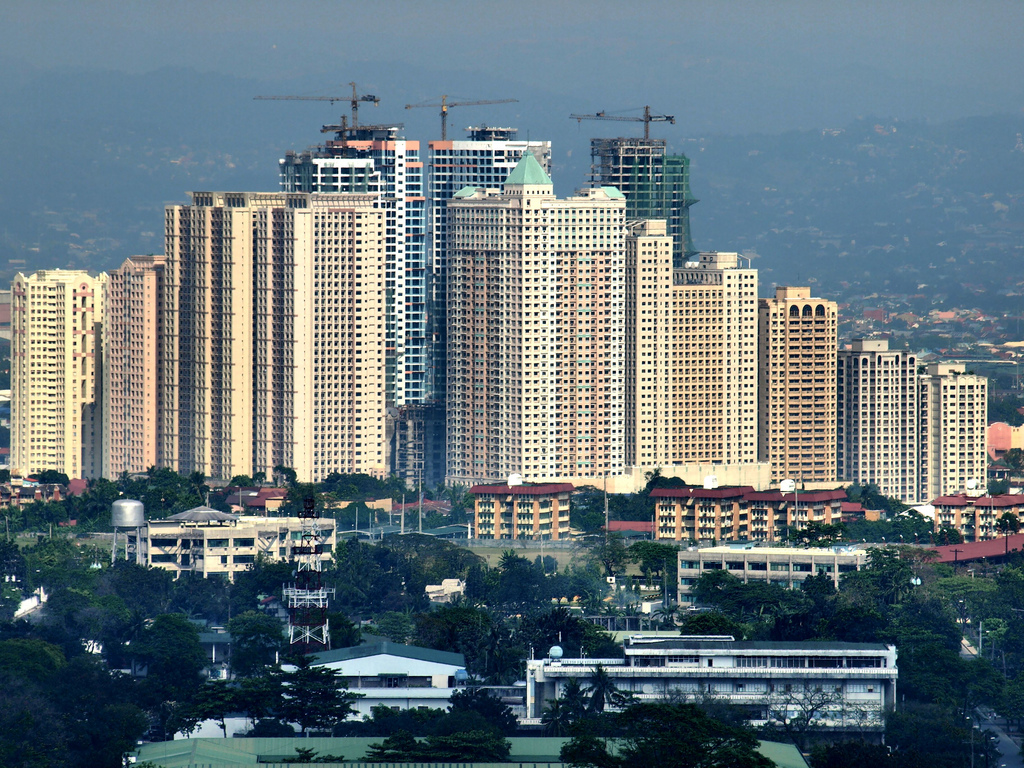
- Exemplified by the garish applications of pastel colors and the mixing and matching of ornaments and styles.
- Skyscrapers adopted the tripartite division of columnar architecture (Tower-on-the-Podium): the podium, the shaft and the crown.
- Rise of master planned micro-cities like Bay City, Eastwood City, Fort Bonifacio Global City and Rockwell Center, retail environments SM Mall of Asia, Gateway Mall, Trinoma, and Greenbelt Mall; and gated communities of suburban pretensions.
- Global architectural firms bestow “designer labels” to megastructures like Michael Graves’ World Trade Exchange, I.M. Pei’s Essensa Towers, Arquitectonica’s Pacific Plaza Tower, Kohn Pedersen Fox Associates’ LKG Tower, and Skidmore and Owings & Merill’s Yuchengco Tower.
- Architects were labeled as “late modernists” and, later as “neo-modernists” and “super modernists.”
- Inspirations were drawn from aircraft technology, robotics and cyberspace as demonstrated by the One San Miguel Building, the PBCom Tower, and the GT International Tower.
- Reflective blue or aquamarine curtain walls, aluminum cladding, metallic sun visors, and metal mullions are mainstays of millennium skyscrapers.
- Presence of architecture of deconstruction, which is characterized physically by controlled fragmentation, non-linear design processes, stimulating unpredictability, asymmetric geometries and orchestrated chaos like the works of Alexius Medalla, Eduardo Calma and Joey Yupangco.
- Advances in computer-aided design (CAD) and computer-aided manufacturing (CAM) technologies.
- Implementation of “green architecture” to reverse the negative impact of buildings on human health and on the environment by enhancing the efficiency and moderating the use of materials, energy and space.
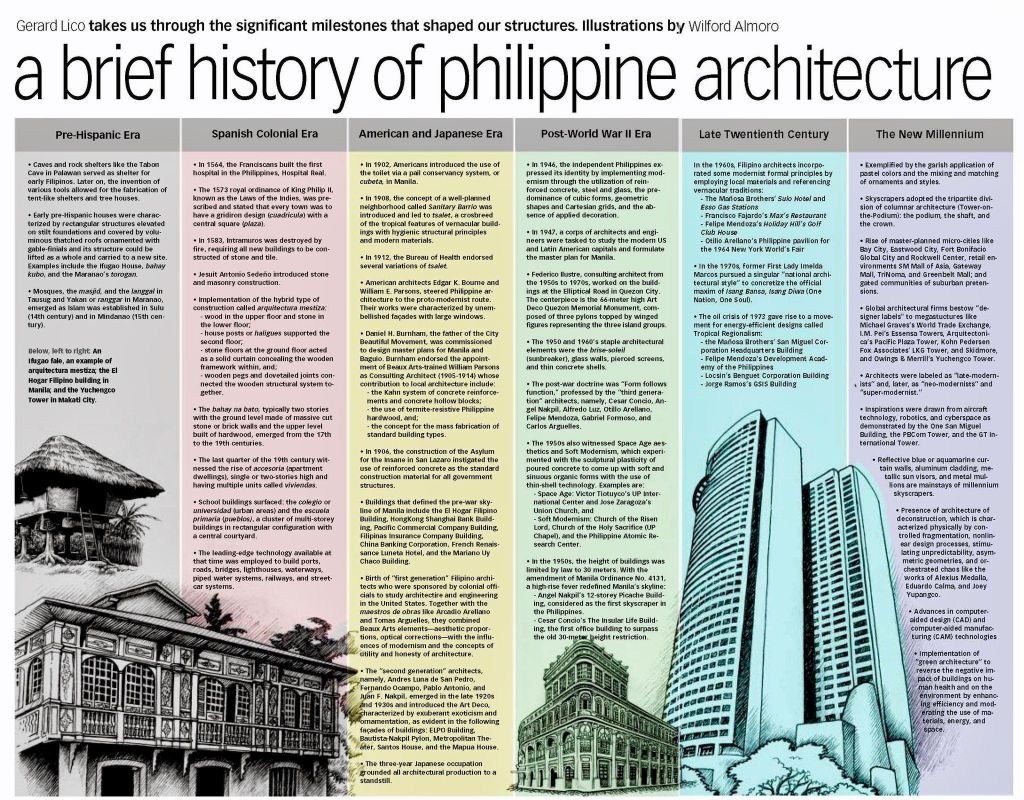
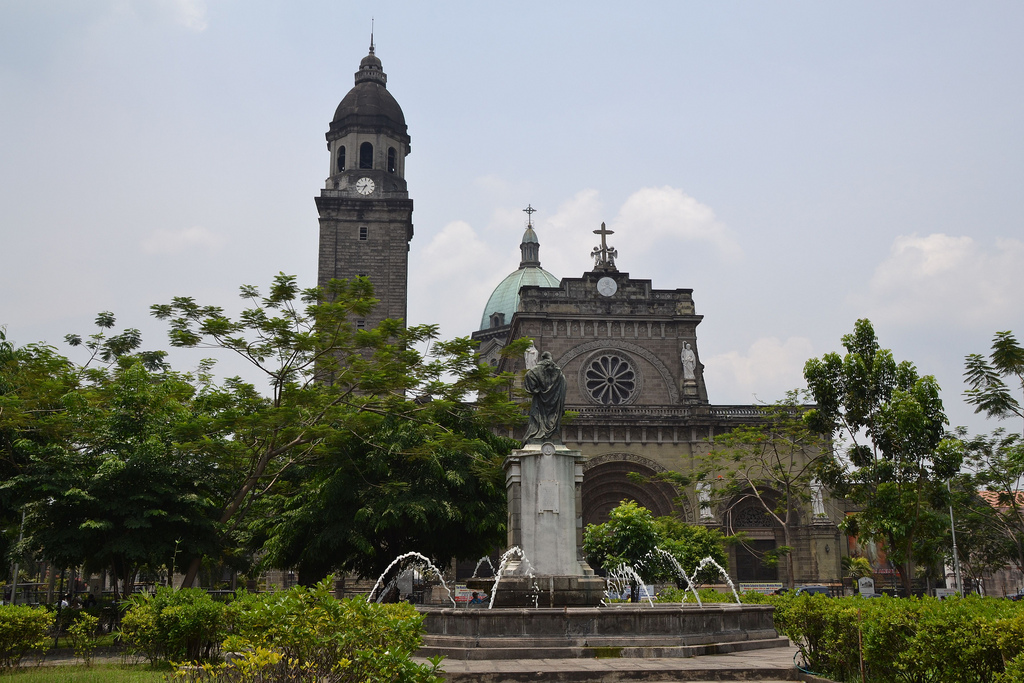
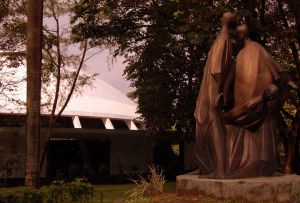
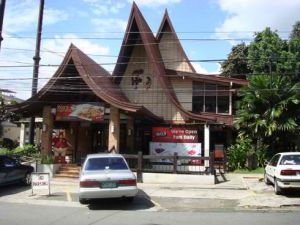
Hi, can i use your infographic as part of a book I am writing? thank you
hi can i use your infographic for essay purposes ?